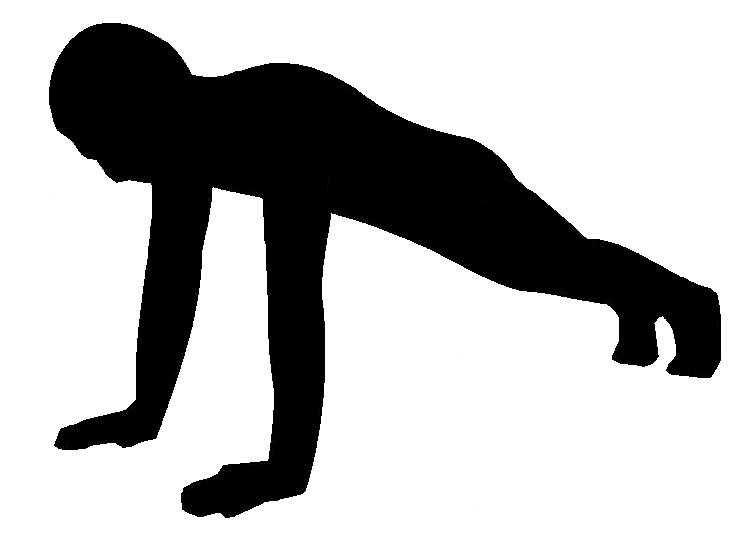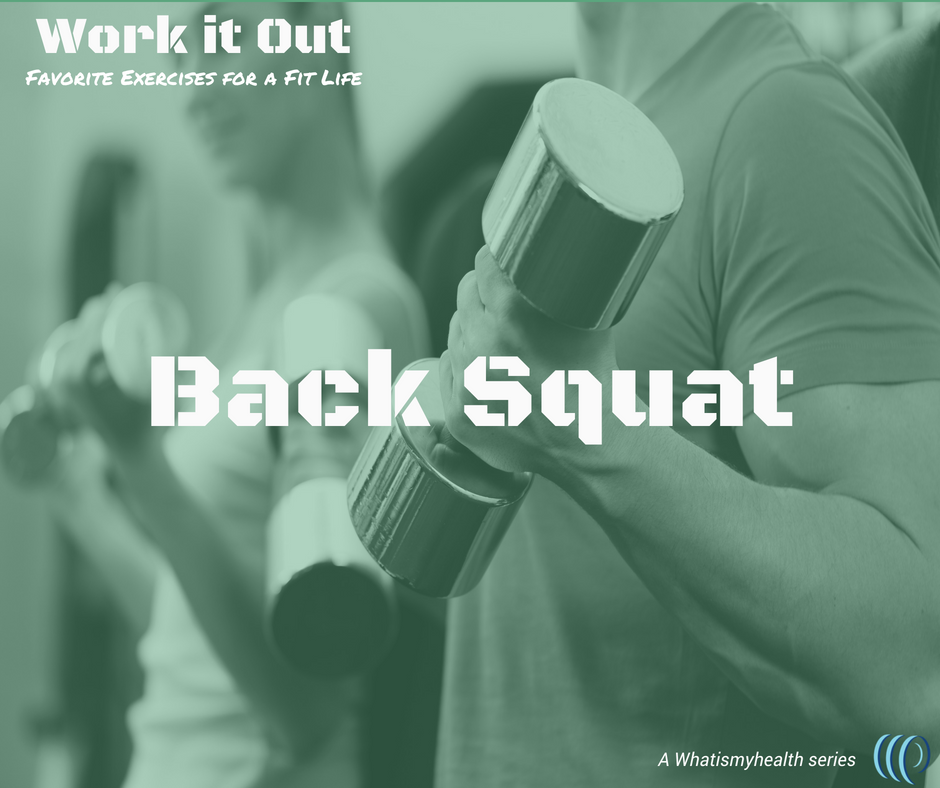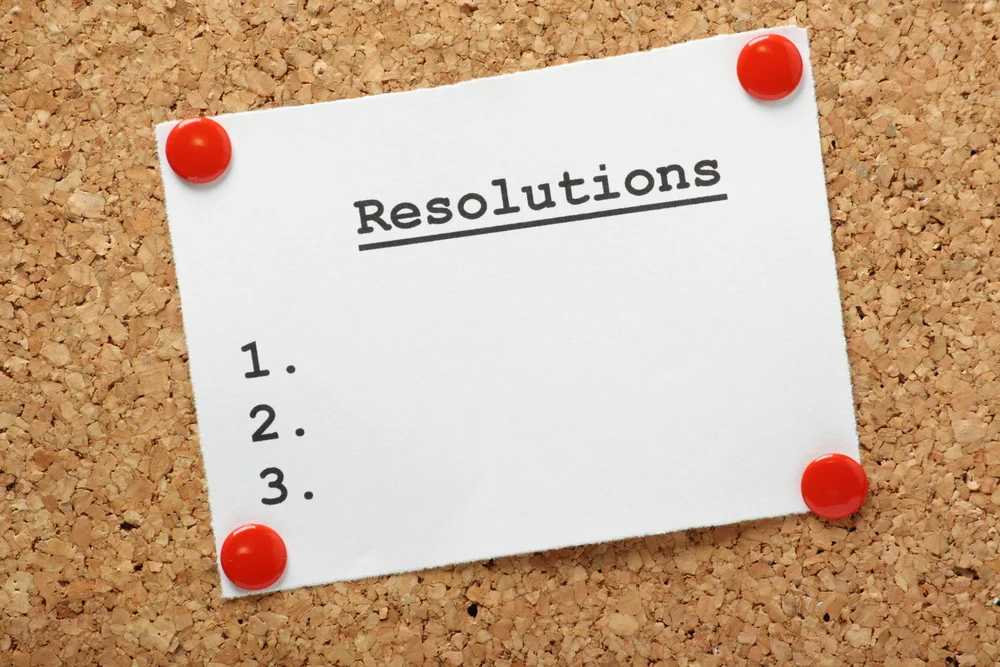Work It Out: Planking
/Welcome to the “Work it Out” series from My Train of Thought. In this series, Certified Personal Trainer Sean Jackson will share some of his favorite exercises, breaking down what each exercise is, what it’s good for, and how to perform it safely and effectively.
*Disclaimer: It is recommended that you consult your health care professional, as well as a certified trainer before attempting to perform a new workout. It is recommended that you familiarize yourself with the exercise and its proper form in order to prevent injury and account for any pre-existing injury or other conditions, as well as to ensure that the exercise is advisable for you.
Exercise:
Planking
What it is
Planking is an exercise for the core complex. It targets the abs, lower back and oblique muscles, but don’t be fooled. It’s not just an ab or back workout. Planks are designed to improve stability and strength which can help your whole body function. This makes planking a “total body” exercise.
Why Plank?
I love this exercise because it is a great way to achieve proper core bracing. This means setting the spine into a neutral position. The strength and stability promoted by planking helps keep our weight properly distributed throughout the entire body.
Planking can be done by almost anybody, regardless of what your goals at the gym are. If you are on a weightlifting workout regimen, planking helps to keep your body in a safe position while you lift. Whether or not you’re doing any weightlifting, I would recommend planking for most people, but some people might need to be more careful about doing this exercise to prevent risking injury.
If you have spinal fusion, it might be best to ask a trainer for proper coaching before attempting this workout. You might also want to consider taking extra precautions if you’ve undergone shoulder surgery or abdominal surgery to avoid any complications. If you’re not sure, always ask a DR first.
What you’ll need
Another great thing about planking is that you don’t need any equipment to perform the workout. It may help to use a yoga mat from your home gym equipment as a cushion, but you can plank just about anywhere at any time. You just need the motivation to do it.
Let’s talk action
Start by learning forward placing your hands palms down on the ground. Your hands should be aligned underneath your shoulders. Your tailbone and head should be in line, meaning your back should be straight. Your legs should also be straight, with your toes pointed in dorsiflexion. This means that your toes should point towards your knees.
Once in position, squeeze your glute muscles, and pull your bellybutton tight into your stomach. This helps to engage your core. Drive your hands “through" the ground by pushing through your palms and fingers. Don’t forget to breathe steadily as you hold your plank.
Measurable Goals
There’s no equipment so you’re only using your body weight. That means there’s no real progression of weight increase like with the deadlift, bench press or back squat. To measure progress for planks, you go by time and reps.
For beginners, 4 sets of 30 second planks are a good place to start. Always make sure to use proper mechanics, body control, and good posture. If you can’t hold the position for 30 seconds, plank for as long as you can and work your way up to more time. If you need to, you can start with your knees on the ground, or planking on your elbows first before you plank with your hands. For more advanced planks, you can extend one leg straight back behind you pointing your toes, or side planks where you face a wall and balance on one arm and the matching foot with the other foot stacked on top.
You can always research other programs to match your fitness goals. Talk to a certified fitness professional if you need some guidance.
Any questions? Ask Sean using the form below:
Stay tuned for the next post in the “Work it Out” series.
Share your comments at the bottom of the page.
Whaitsmyhealth © 2018


















When working out starts feeling monotonous, these 3 things help me to find new vigor for working out.